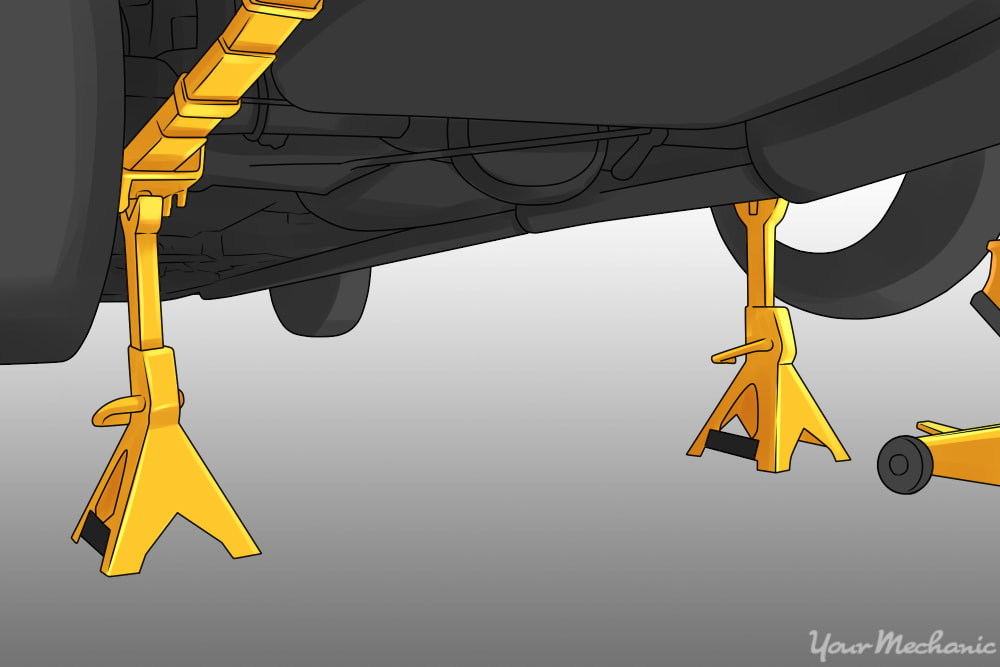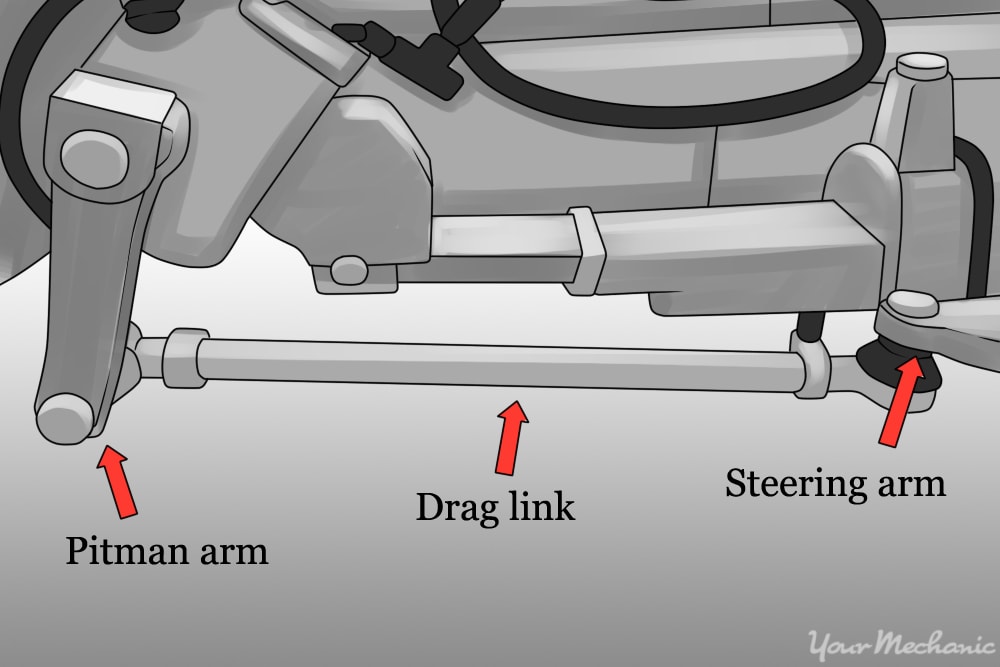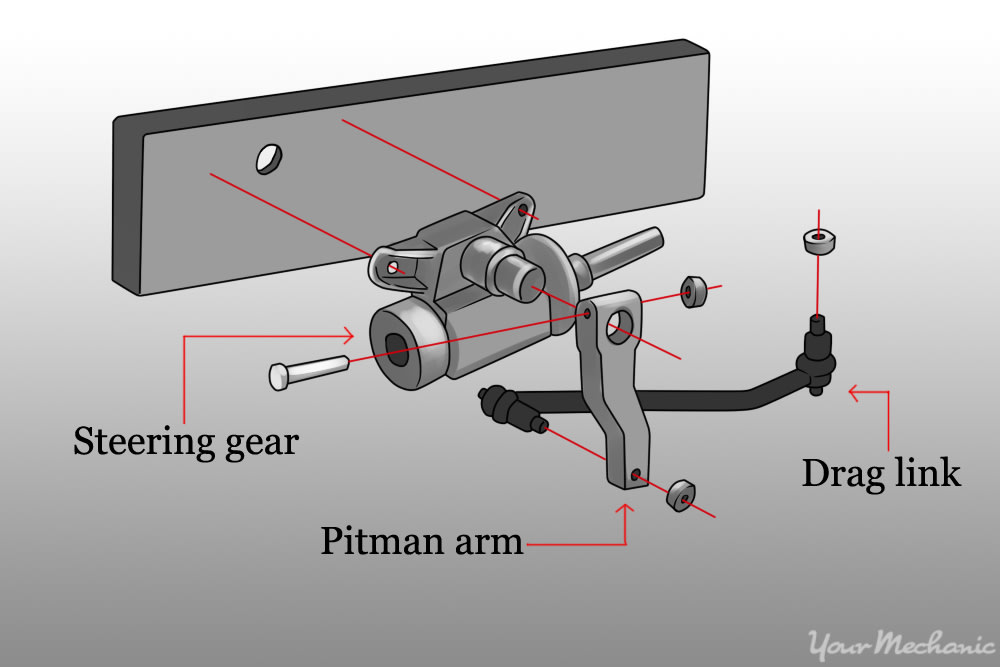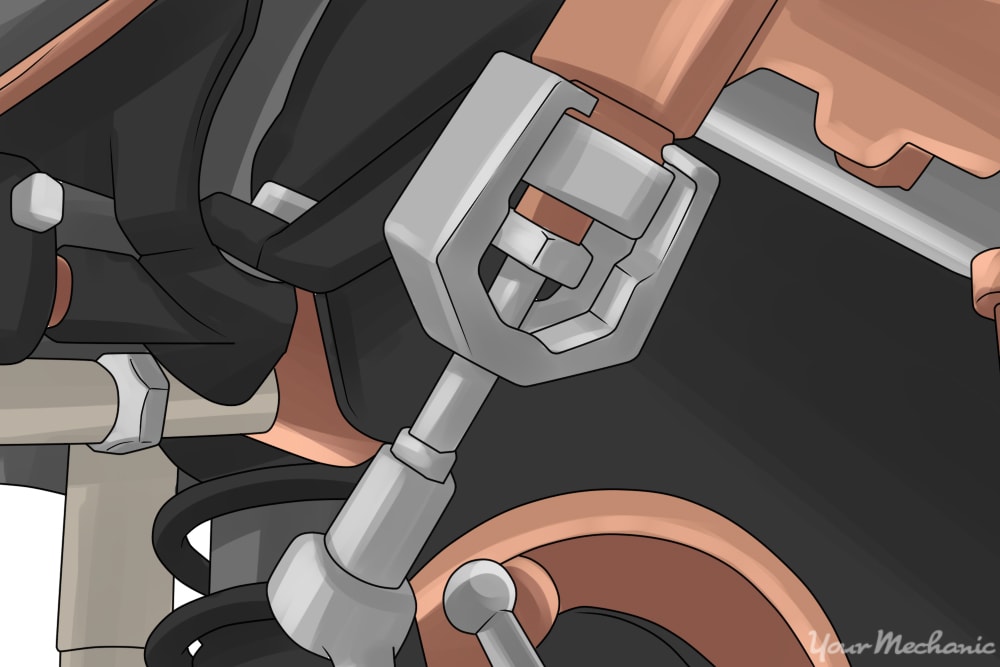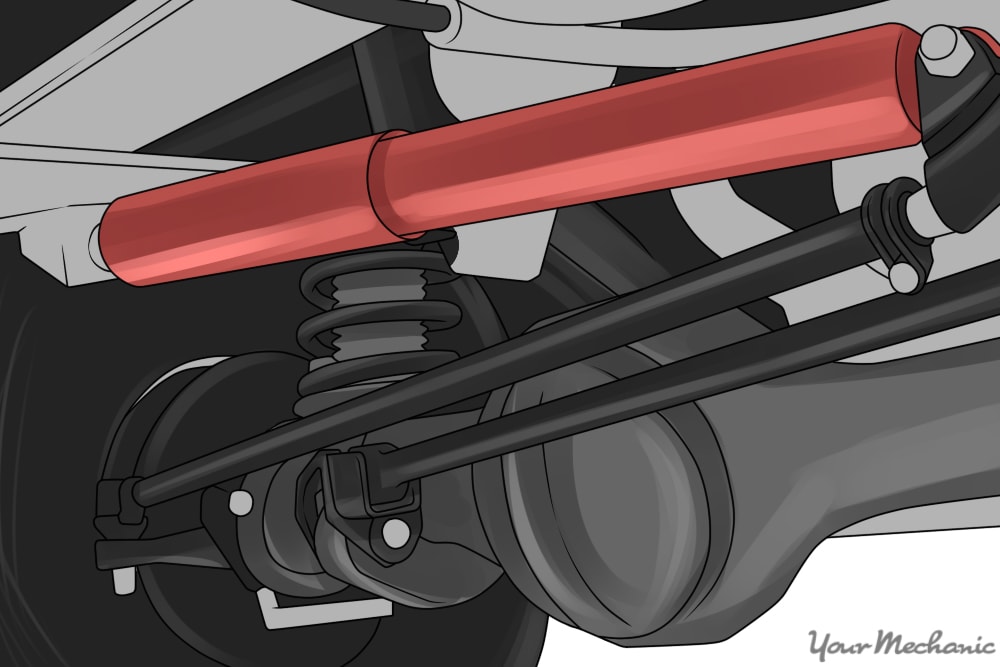

Drag links are crucial parts in the handling of your vehicle. These links are connected to the pitman arm and steering gear behind your tires. Depending on the use your vehicle gets, heavier loads and frequent towing might require additional work on your vehicle's drag link.
Loose handling and unresponsive steering can be easily looked over until it is too late. Common signs of a failing drag link include loose steering and “wiggle” in the steering wheel. If your vehicle displays these signs, you may need to replace the drag link. If you are in a position to replace the drag link, it might be worth your time to upgrade to a high grade aftermarket replacement.
Part 1 of 1: Replace the drag link
Materials Needed
- Jack
- Jack stands
- Mallet
- Needle nose pliers
- Pitman arm puller
- Replacement kingpins (if required)
- Socket set
Step 1: Remove the tire. Loosen all of the lug nuts on whichever tire is located nearest to the drag link (most likely at the drivers side). Once the lug nuts are loose (but still holding on the tire), raise the vehicle with using the jack and finish removing the tire. (It is very hard to loosen the lug nuts with the vehicle in the air)
Once the vehicle is raised, secure it with jack stands.
- Note: It is recommended that you put extra support such as spare tires or wooden blocks under the vehicle where it is supported. In the event that the stands fail or the vehicle slides off of the stands, you will have an extra measure of protection against the vehicle falling on you.
Step 2: Locate the drag link. With the wheel off, you should be able to see the drag link connecting the pitman arm and the steering arm.
Step 3: Remove the drag link from steering arm. First, remove the drag link from the steering arm by removing the kingpin from the bolt and then removing the bolt. Once the bolt is removed, you may need to gently tap the link with your mallet to disconnect it.
This is usually the hardest part as road grime and rust can cause issues with removal. These can be fought with sprayed on chemicals.
Step 4: Remove drag link from pitman arm. Remove the cotter pin from the retaining bolt and then remove the retaining bolt itself.
Using a pitman arm puller, remove the drag link from the pitman arm side of the assembly. Pitman arm pullers are recommended if you have never done this before, or if you do not have spare pitman arms laying around, in case you damage yours. They spread the force used to pull off the arm evenly around the joint so that the unit is not damaged. Attach the puller to the pitman arm and then attach the other end to the socket wrench. Every rotation of the wrench will apply more pressure to the puller.
Step 5: Prepare to install the new drag link. Check for any damage on the steering arm or the pitman arm.
Visually inspect and verify that the new drag link is the correct replacement for the old part.
Make sure the joints are clean and ready for reattachment.
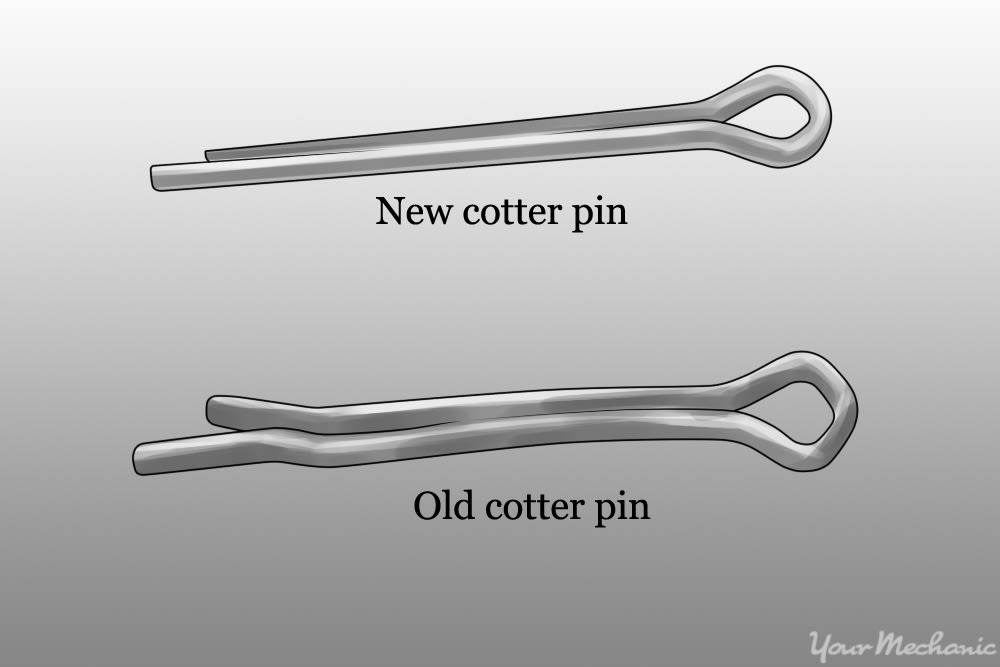
Step 6: Install the new drag link. Align the drag link on the pitman arm side of the assembly. Reattach the drag link to the pitman arm and install the retaining screw and cotter pin (replace the cotter pin if damaged). Align the drag link on the steering arm side of the assembly.
Reinstall the steering arms holding pin, retaining bolt, and cotter pin.
Step 7: Test the drag link. Once the steering assembly is reinstalled, test the drag link’s function by turning the steering wheel and making sure it moves correctly.
Ensure that no parts touch or bump into each other.
Step 8: Reattach the tire. Lift the tire onto the vehicle and hand tighten all of the lug nuts.
Raise the vehicle using the jack, remove the jack stands and any objects used as safety measures.
Lower the vehicle and finish torquing the lug nuts to the manufacturer’s specifications.
Step 9: Test drive your car. Start the vehicle and test the installation.
Keep in mind that moving the steering wheel and tires while the car is not in motion puts unneeded stress and strain on the steering components. Test the vehicle's drag link while driving at a low speed.
Drag links are a critical part of your vehicle's steering and suspension. A failing drag link can be easily overlooked until the problem causes your vehicle to be out of commission. Any time you plan on working with steering components, always be mindful of what you are touching and moving as it is very easy to throw your vehicle out of alignment.
If you are not comfortable with performing this process on your own, get a certified technician from from YourMechanic to replace the drag link for you.



